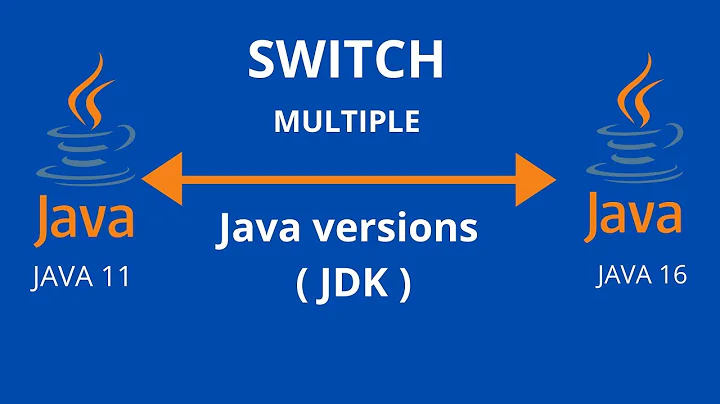Changing JVM in Java
Feel free to use this as a reference to tinkering with Java at runtime.
Choosing your JRE
To choose your JRE, use
sudo update-alternatives --config java
This will give something like the following output.
Selection Path Priority Status
------------------------------------------------------------
0 /usr/lib/jvm/java-6-openjdk/jre/bin/java 1061 auto mode
* 1 /usr/lib/jvm/java-6-openjdk/jre/bin/java 1061 manual mode
2 /usr/lib/jvm/java-6-sun/jre/bin/java 63 manual mode
3 /usr/lib/jvm/java-7-openjdk-amd64/jre/bin/java 1051 manual mode
You can then select which Java runtime you want through the number selection.
Choosing your JVM
Sun/Oracle have two JVM choices, -server and -client. If you select the OpenJDK as your Java runtime environment you have additional options.
When you type java into the terminal with no other parameters, the help lists several optional VMs. I'm not sure which ones come with OpenJDK but 3 popular ones are JamVM, Zero and Cacao
To use these, simply type
java -jamvm 'your other parameters here'
java -cacao 'your other parameters here'
java -zero 'your other parameters here'
java -server 'your other parameters here
The -server VM is normally the default. You can also specify -client but in 64-bit IcedTea6 it appears to run the same version as -server.
There are most likely others but I find the default option to be the most responsive.
Setting your Memory
Finally, how to set the memory of Java (just because)
java -Xmx1024m -Xms128m 'your other parameters here'
This limits the memory allowed for the Java program to a maximum of 1024 MB, and sets its initial memory size to 128 MB. This is a great way of defining minimum system requirements. The Java 6 man page for the java command describes these options and others.
That's all. If anyone has additional Java tweaks for Ubuntu then leave them in the comments and I'll add them.
Related videos on Youtube
OVERTONE
Updated on September 18, 2022Comments
-
OVERTONE over 1 year
I only recently discovered the different JVM's on the wiki page and thought I'd start tinkering. Its been difficult to find documentation on how to configure Java on Ubuntu though.
Lets say I wanted to change the JRE or JDK that I'm using, I could crack open a terminal and say
sudo update-alternatives --config javaAnd then pick from one of the installed versions.
If I'm understanding JVM's right (which I may very well be not), You can configure the openJDK to use alternative JVM's (Eg JAMVM) and run it as such
jamvm -jar foo.jar2 questions,
1: Do i have the concept of a JVM right? As in, is this possible?
2: If so how do i configure the JVM and switch the default to a JVM of my choosing?
-
Bruno Pereira about 12 yearsGreat, add a good answer to your question (you can answer them yourself) and get some up votes!
-
OVERTONE about 12 years@BrunoPereira Done! Hopefully that covers the bunch.
-
-
datacarl almost 12 yearsThere are about 47 executable files in $JAVA_HOME/bin and $JAVA_HOME/jre/bin which cries for an script to update all the entries in the alternatives system. See the /usr/lib/jvm/.java*.jinfo files.
-
dhardy about 11 yearsHow do I set the default JVM? From what I've heard, -server has long start-up times, so why isn't -client the default anyway for a user installation?
-
aij about 10 yearsIs there a way to actually change the defaults, or do you have to explicitly set the JVM and memory limits each time (or in each individual startup script)?




